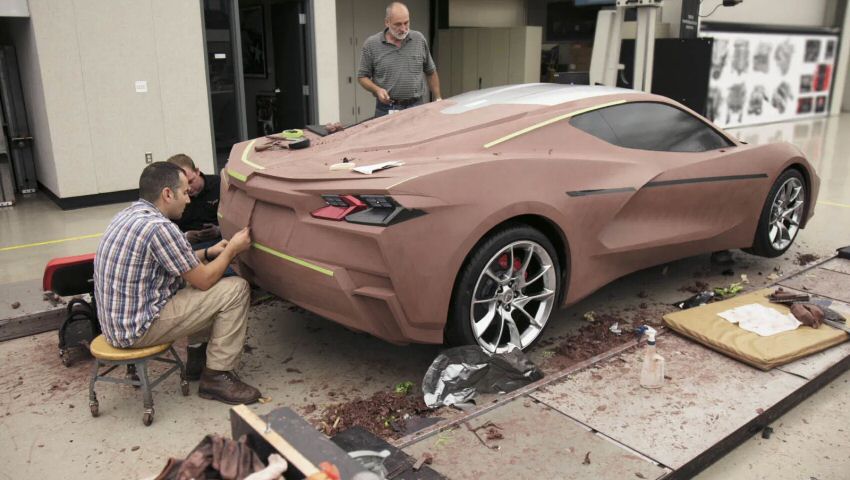
Is car design sexist?
Is car design sexist? To many people, the answer to this will be obvious: of course it’s not. Cars are designed and built for men and women equally - aren't they? Well, no, actually. They're not. In fact, they’re designed almost exclusively with men in mind. Women get barely a look-in. The truth is that the design of today's production car is an example of one of the most deeply ingrained sexist behaviours in society.
At least, that's the view of many people. But is it true? Well, perhaps. But one thing’s for sure – it’s a view which is supported by some interesting, though not very well known, facts. In this article, we’ll briefly review some of these facts, and then you can make up your own mind. And we’ll start with some rather sombre statistics concerning death rates. OK, so if you’re sitting comfortably. . .
According to a 2016 report by the US Department of Transport, when a woman is involved in a car crash, she is 47% more likely (than a man) to be seriously injured, and 17% more likely to die. The (2015) figures for the UK are similar. What’s more, the results of a major 2018 Swedish study showed that modern car seats don’t protect women effectively against whiplash injuries. This is because the back of the seat is too rigid, so it doesn’t give way for women’s (on average lighter) bodies. So women are thrown forward faster than men.
And it gets worse. Although motoring incidents are one of the main causes of foetal death resulting from maternal trauma, car manufacturers haven’t yet developed a seatbelt that works for pregnant women. Research suggests that pregnant women should use the standard seatbelt – but over 60% of third-trimester pregnant women don’t fit that design.
Why should this be the case? Why are women much less safe than men in cars? The answer is that it’s all to do with how the car is designed. And this depends critically on that familiar old figure, the crash test dummy.
First introduced in the 1950s, crash-test dummies were based around the 50th-percentile (in practical terms, average) male. Dummies were typically 1.77m tall and weighed 76kg, giving a result that was significantly taller and heavier than an average woman. The dummies also had a male spinal column and male muscle-mass distribution. And that’s the way things remained. For decades. Incredibly, it wasn’t until 2015 that both male and female dummies began to be used in front-crash tests. And even then, according to EuroNCAP (the European New Car Assessment Programme) the female dummy is just a scaled-down male dummy. It doesn’t take a genius to see the problem here – which is that women aren’t scaled-down men. They have different muscle mass distribution, lower bone density and different vertebrae spacing. Even their body sway is different. All these differences are crucial when it comes to injury rates in car crashes.
But, as they say, we are where we are. And, even if car design has been massively male oriented until very recently, at least things are surely bound to change. After all, the use of dummies which accurately represent the female body is, technically speaking, a legal requirement in Europe. Why? Because Article 8 of the Treaty of the Functioning of the European Union reads, “In all its activities, the Union shall aim to eliminate inequalities, and to promote equality, between men and women.” And inequalities don’t get much harder to overlook than a women being 47% more likely to be seriously injured in a car crash than a man!
Despite this, though, if you’re expecting rapid change, you could be disappointed. Because, as recently as 2018, the EU regulatory crash-test requirements included no reference to, or need for, an anthropometrically correct female crash-test dummy. Indeed, all lateral-collision tests, as well as the seatbelt test, specify the use of a 50th-percentile male dummy. So car designers have, essentially, no meaningful data at all on how a female driver or passenger would be affected in a crash. So car design can’t take account of female vulnerabilities.
So, to return to our original question, is car design sexist? You make up your own mind.
One thing that certainly isn’t sexist is the Desperateseller.co.uk used cars section. Whatever your gender, you'll find an equally fantastic choice of great-value vehicles from a VW Polo to a Volvo S60. Why not check it out now!













